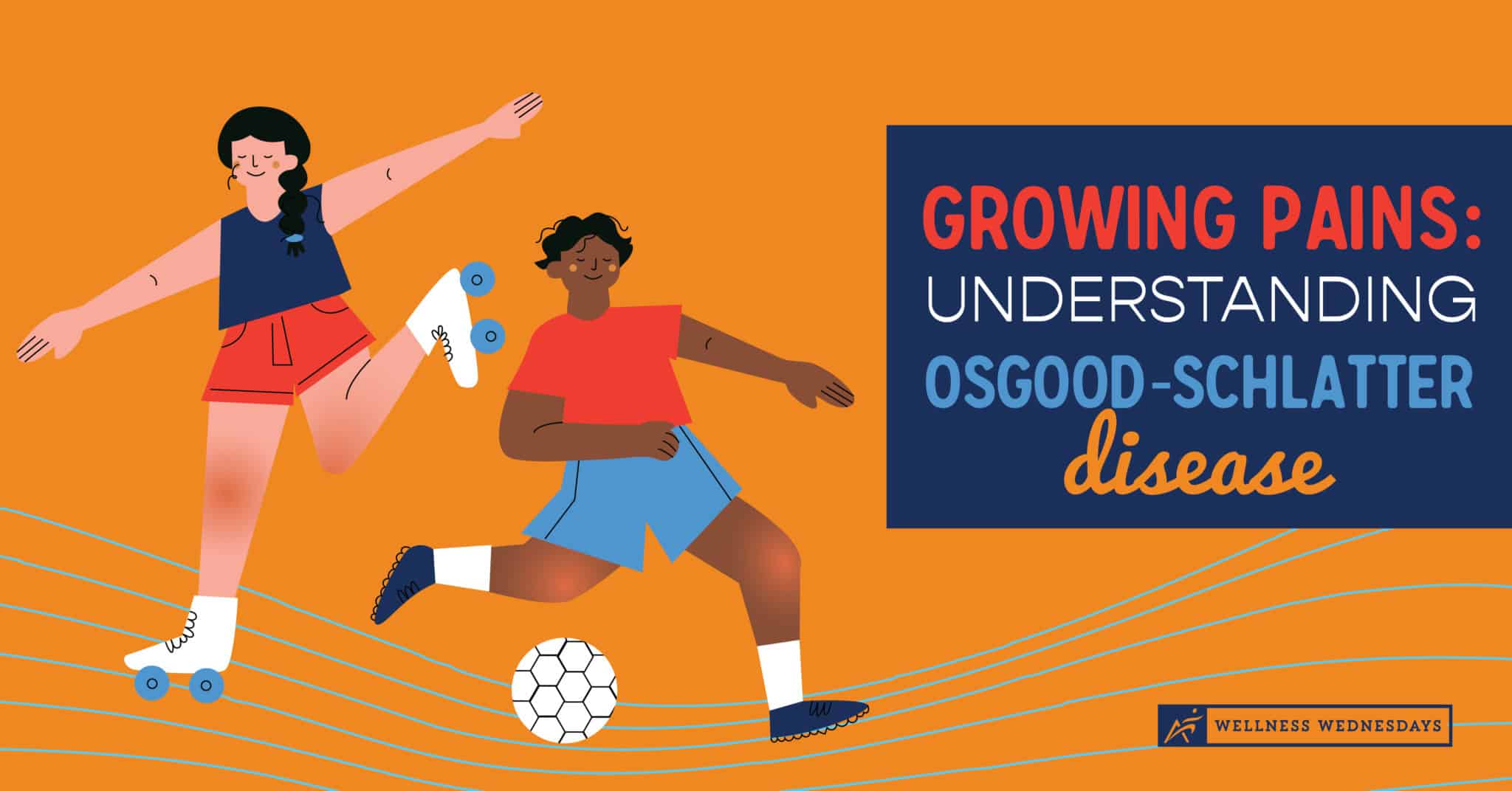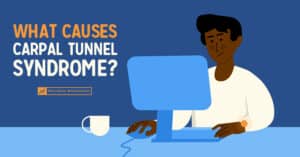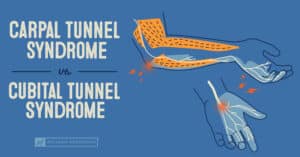Osgood-Schlatter Disease is a painful knee injury that develops in many youth following a period of rapid growth. As children enter middle and high-school ages, they typically experience “growth spurts” followed by soreness and pain as their bodies adjust to the changes. Usually these growing pains don’t impact their daily activities, but in the case of Osgood-Schlatter Disease, it can become extremely painful and difficult to stay active.. This is especially true for young athletes.
Can Adults Get Osgood-Schlatter Disease?
While Osgood-Schlatter Disease is most often experienced in young athletes and teenagers, especially during growth spurts, it is rarely diagnosed in adults over 18 years old.
As an adult, what you might see as a sign of Osgood-Schlatter Disease can also be a symptom of another condition. Many injuries can share similar symptoms, especially for complex joints like the knee. Other injuries that have similar symptoms, but are more often diagnosed in adults, include:
Tips To Prevent Osgood-Schlatter Disease
For most people, Osgood-Schlatter Disease is a mild condition that goes away on its own with time and rest. Even so, this condition can still interfere with daily activities and reduce quality of life. Keeping their legs strong and flexible is key to avoiding injuries like Osgood-Schlatter Disease. Make sure the athlete is wearing shoes that fit and provide proper support, complete a few warm-up exercises before activity, and remember to stretch and take time to cool down after activity.
Practice stretching the quadriceps to relieve any lingering tension that may be pulling on the patellar tendon. Consider adding a few glute-strengthening exercises like clams to your routine as well. Strong glutes work together with other muscles in the leg to support the knee during activity, which can go a long way in keeping an injury like Osgood-Schlatter Disease from slowing you down.
*Disclaimer: Always consult with your doctor before starting any exercise program. If you experience any numbness, tingling, or reproduction of your symptoms, please contact your doctor.
Standing Quad Stretch
- Stand in front of a chair and hold on to it with one hand for extra stability.
- Grab the top of the ankle with the hand on the same side of the leg being stretched.
- Pull your foot towards your buttock until you feel a gentle stretch in the front of the thigh.
- Hold the stretch, keeping your lower back neutral.
- Repeat the stretch on the opposite leg.
- Complete 2 sets of no more than 60-second holds twice per day.
Banded Clams
- Wrap an elastic band around your legs, just above the knees.
- Lie on your side with your legs bent at 90 degrees and knees stacked on top of each other.
- Your thighs should be about 45 degrees away from your body.
- Open your legs slowly, like a clam shell, while keeping your hips stable.
- Complete 3 sets of 10 repetitions on each side.
Stay On Your Feet With Help From Airrosti
If you or a loved one is struggling with knee pain from Osgood-Schlatter Disease, or any other injury, schedule an appointment with an Airrosti provider near you. Our providers strive to diagnose the cause of your pain and treat it at the source quickly and effectively for long-term results.
We also offer remote telehealth services. With telehealth, we can deliver our expertise directly to you from the comfort and convenience of your home.
Give us a call at (800) 404-6050 to learn more.
Read our Medical Disclaimer here.










